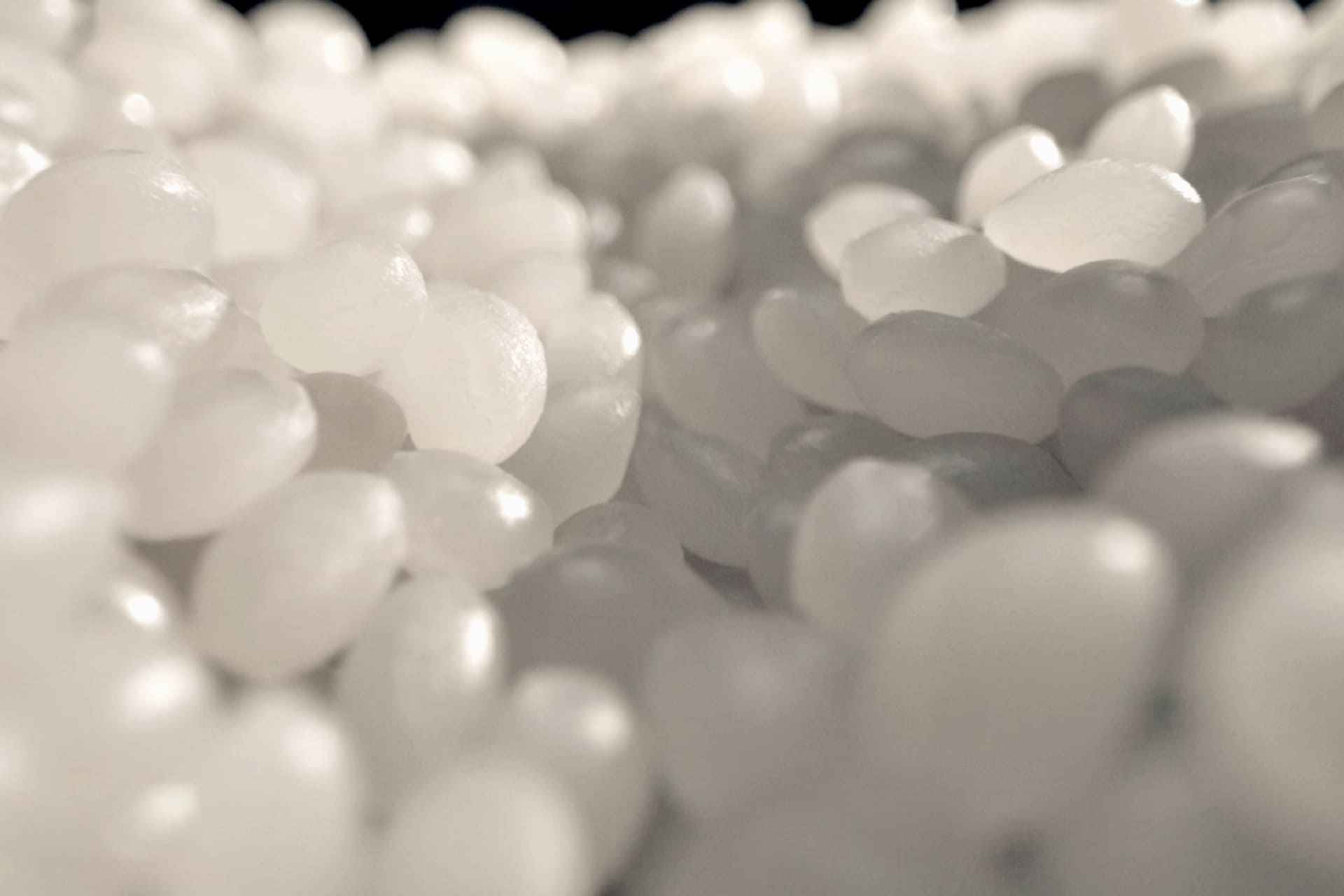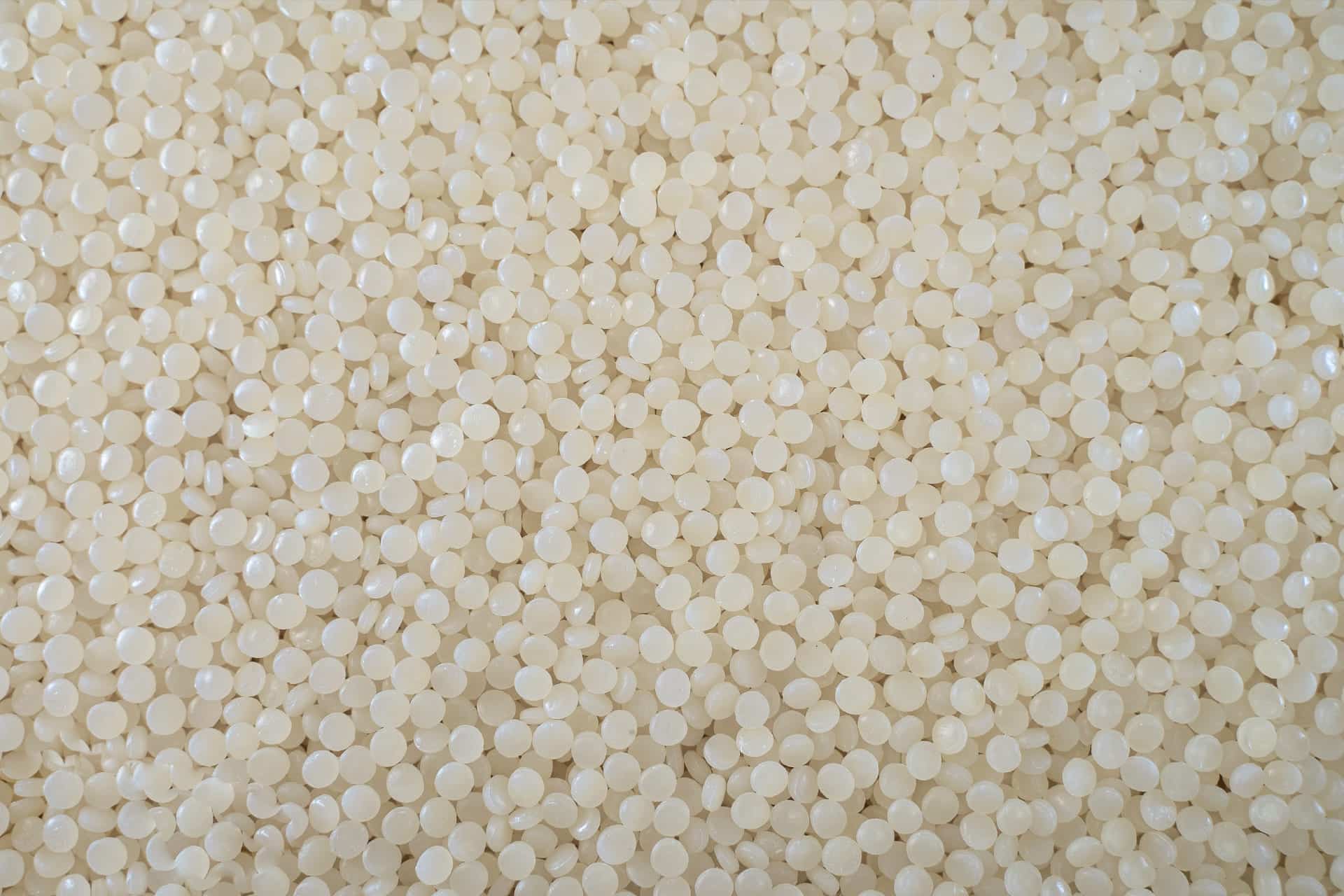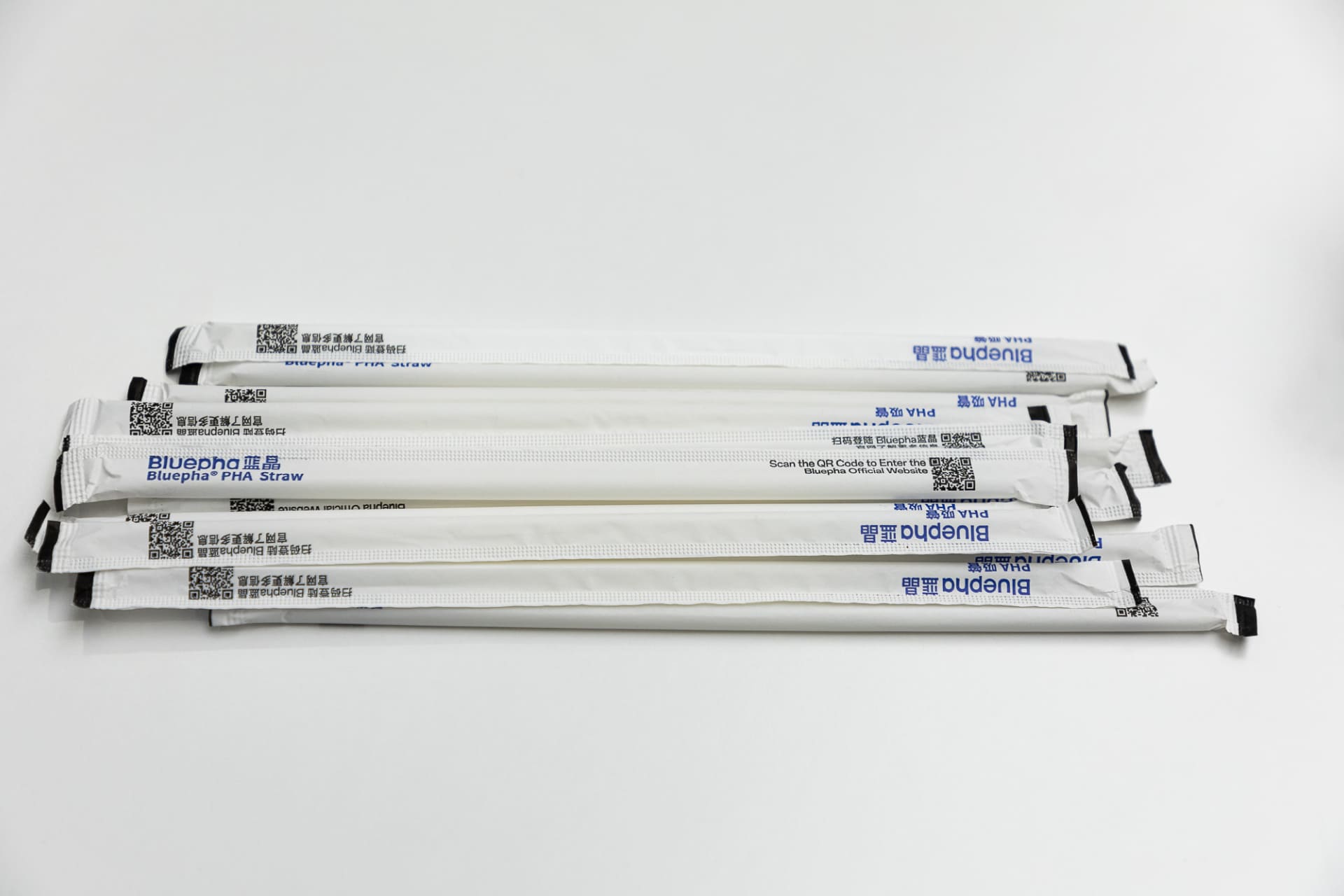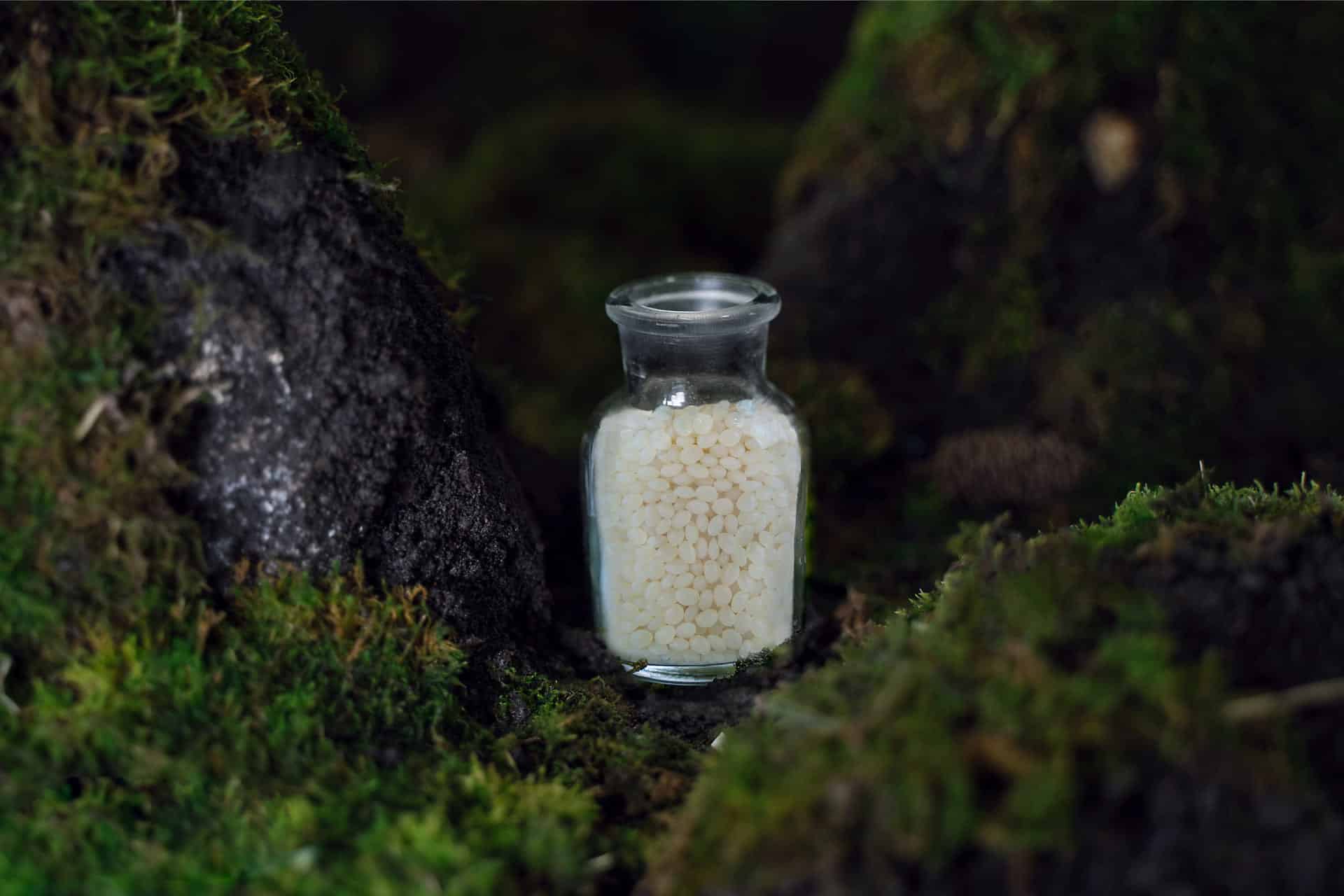Systemic Weaknesses Undermine Bioplastic Sustainability
The latest report from CSIRO, Australia’s National Science Agency, reveals a sobering reality: most bioplastics in Australia are not composted or recycled, but end up in landfill. Despite growing interest in alternatives to fossil-based plastics, a combination of infrastructure gaps, regulatory inconsistency and consumer confusion is stalling true progress.
Fragmented Regulations And Infrastructure Limitations
One of the core issues identified in the report is the lack of coordinated national infrastructure for end-of-life management. While bioplastics like PLA and PHA are designed to be composted, Australia lacks the necessary facilities outside South Australia. In fact, only 30% of the population has access to FOGO (Food Organics and Garden Organics) collection, and even fewer councils accept compostable plastics.
This leads to compostable products such as cups and lids made of PLA being sent to landfill, where they can release methane emissions during decomposition. It’s a stark reminder that a compostable label is not enough without the right infrastructure to support it.
Confusion Over Labelling Adds To Contamination
Adding to the issue is the widespread confusion among consumers about how to dispose of bioplastics. The lack of standardised labelling makes it difficult to distinguish between products suitable for industrial composting, home composting, or recycling. This leads to contamination across waste streams and undermines the circular intent behind these materials.
As pointed out in the report, consumers may not understand the difference between PLA, bio-PE or PHA, and the proper method of disposal for each. Certification icons, such as the Australasian Recycling Label, need to evolve to reflect compostability and recyclability clearly.
Low Market Volume And Poor Economic Viability
While alternatives like PHA biopolymers present promising characteristics — including biodegradability in marine and soil environments — their adoption remains limited in Australia. The report notes insufficient local production and a market still heavily reliant on imports from Brazil and Thailand.
This presents a barrier for circularity, as recovery and reprocessing infrastructures remain underdeveloped. For example, materials like biodegradable mulch films are left to degrade naturally in the field, but others end up as landfill waste, losing their environmental advantage.
What’s Needed: Education, Policy And Coordination
CSIRO concludes that for bioplastics to truly deliver on their sustainability promise, Australia must invest in three key areas: public education, infrastructure upgrades, and regulatory harmonisation. Creating viable end-markets for materials like PHA straws or packaging is essential.
Australia’s path forward will also depend on scaling up domestic manufacturing of bioplastics and fostering collaboration across the value chain — from materials producers to waste processors. Promoting clearer labelling standards and expanding access to FOGO systems could be quick wins that drastically improve diversion rates.
A Reminder: Materials Aren’t Enough — Systems Matter
Even the most advanced bioplastics cannot deliver sustainability without the right systems to support them. Whether it’s PLA, bio-PE or PHA, end-of-life pathways must be planned, accessible, and aligned with policy goals. At PHA Sourcing, we connect industrial clients to verified PHA suppliers and help them understand the real-world applicability of different bioplastic types across their product categories.
This report is a reminder that bio-based innovation must be matched with systemic infrastructure improvements. The future of sustainable materials in Australia will depend not just on what we produce — but how we dispose of it.





